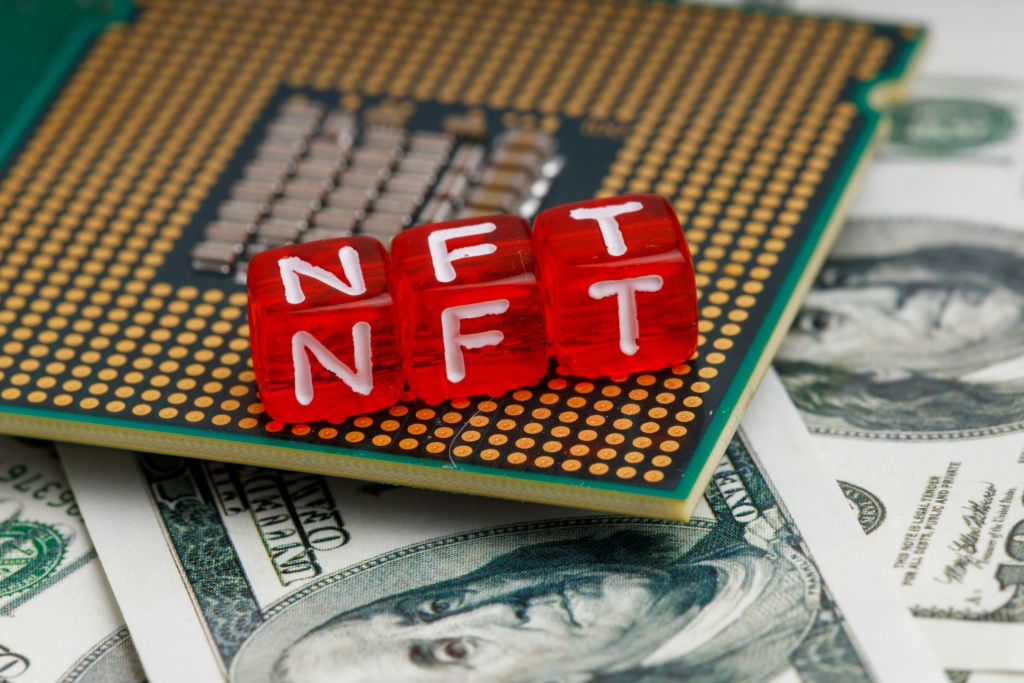The NFT Revolution and the Promise of Web3 Royalties
Non-fungible tokens (NFTs) have taken the digital world by storm, promising a new era of ownership and monetization for creators. At the heart of this revolution lies a tantalizing concept: Web3 royalties. These royalties were meant to ensure that artists and creators receive a share of the profits each time their NFT is resold, potentially transforming the economics of digital art and collectibles.
However, as the NFT market matures, the implementation of Web3 royalties has emerged as a complex challenge, revealing both the potential and limitations of blockchain technology. This article delves into the intricacies of NFT royalties, exploring the operational hurdles and potential solutions shaping the future of digital ownership.
Understanding NFT Royalties in the Web3 Ecosystem
NFT royalties represent a percentage of the sale price that goes back to the original creator whenever their NFT is resold on the secondary market. In theory, Web3 technology should allow for these royalties to be automatically enforced on-chain, ensuring creators are fairly compensated for the ongoing value of their work.
The concept of Web3 royalties aligns perfectly with the ethos of blockchain technology – transparency, fairness, and disintermediation. However, the reality of implementing NFT royalties has proven far more challenging than initially anticipated.
The Operational Challenges of Implementing NFT Royalties
1. Transfer Distinction: Blockchain’s inability to inherently distinguish between different types of NFT transfers (sales, gifts, wallet-to-wallet movements) poses a significant challenge in royalty enforcement.
2. Smart Contract Limitations: Current NFT standards lack built-in mechanisms for tracking sale prices and calculating royalties, necessitating complex workarounds.
3. Marketplace Fragmentation: The proliferation of NFT marketplaces, each with its own implementation, makes universal royalty enforcement a daunting task.
4. User Experience Friction: Strict royalty enforcement mechanisms can lead to failed transactions and confusion, potentially hampering NFT adoption and utility.
Existing Approaches to NFT Royalty Enforcement
In response to these challenges, the Web3 community has developed several strategies to enforce NFT royalties:
Blocklists: This approach prevents transfers facilitated by known royalty-circumventing platforms. While it maintains NFT composability, it requires constant monitoring and updating.
Allowlists: By specifying which platforms can facilitate transfers, allowlists offer stronger royalty protection but at the cost of reduced composability and potential innovation stifling.
Both methods introduce a critical trade-off between royalty enforcement and the open, composable nature of Web3 technology.

Innovative Solutions on the Horizon
As the Web3 community grapples with the NFT royalty dilemma, several promising solutions are emerging:
1. Enhanced Smart Contract Standards: Developers are working on new NFT standards that inherently support royalty information and enforcement.
2. Layer 2 Solutions: Implementing royalty enforcement mechanisms on scaling solutions could reduce gas costs and improve efficiency.
3. Off-chain Oracles: Leveraging external data sources could provide additional context for on-chain transactions, enabling more nuanced royalty enforcement.
4. Incentive Mechanisms: Creating economic incentives for marketplaces and users to respect royalty payments voluntarily.
5. Decentralized Governance: Exploring community-driven approaches to manage royalty policies and enforcement.

The Future of NFT Royalties in Web3
The challenge of implementing NFT royalties exemplifies the broader complexities of building in the Web3 space. As the ecosystem evolves, finding the right balance between creator rights, user freedom, and technological innovation will be crucial.
The solution may not lie in perfect on-chain enforcement but in creating a system where respecting royalties is the most beneficial choice for all parties involved. This might involve a combination of technical solutions, economic incentives, and community norms that collectively work to ensure fair compensation for creators without sacrificing the unique benefits of blockchain technology.
Conclusion: Shaping the Future of Digital Ownership
The NFT royalty challenge serves as a crucial case study in the complexities of building decentralized systems that can support robust digital economies. It underscores the need for continued innovation, collaboration, and a willingness to grapple with difficult technical and economic questions.
As we navigate this complex landscape, it’s clear that the future of NFTs and Web3 royalties will require creativity, flexibility, and a commitment to the core principles of decentralization and creator empowerment. By addressing these challenges head-on, we can unlock the full potential of NFTs and create a more equitable digital economy for creators and collectors alike.
Here is a link to an interesting article about the technical solutions for future of royalties: https://a16zcrypto.com/posts/article/how-nft-royalties-work/#section–3




 Performance Score: Unveiling Holistic Brand NFT Impact Across Awareness, Engagement and Action
Performance Score: Unveiling Holistic Brand NFT Impact Across Awareness, Engagement and Action 